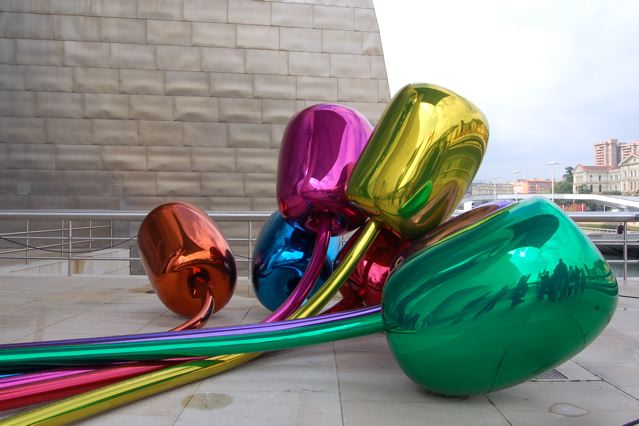If your idea of Australian art is just a heady mix of aboriginal paintings and colourful harbour scenes by Ken Done, then you need to get along to the Royal Academy's new exhibition. The long-awaited 'Australia' starts today.
Australia is the most comprehensive and illuminating exhibition of Australian art ever staged in the UK. It spans more than 200 years from 1800 to the present and features 146 artists. Most of the works on show have never been seen in the UK before which is causing an excited stir in the art world. The focus is very much the landscape and if you've been to Australia you'll understand why the dramatic beauty and simmering mystery of the land has inspired artists for centuries, and continues to do so. On a visit to Australia in 1949, art historian Sir Kenneth Clark was struck by Sydney's luminosity saying, "the whole impression is very light, with no forest darkness. Australian artist Sidney Nolan (RA) has always maintained that understanding the landscape was central to his work - his wonderful Ned Kelly painting (1946) features on the front of the exhibition brochure.
 |
| Ned Kelly by Sidney Nolan |
Australia is vast - the straight, brown, dusty roads that cross this extraordinary continent carry a mystery of their own, a sense of an endless journeys, filled with anticipation or ennui, depending on the mood of the day and the light in the sky. As we enter this exhibition a vast screen depicts a continuous reel of a guy on a motorbike. The camera follows the rider, artist Shaun Gladwell, as he passes through a 'sacred Aboriginal landscape' north-east of Adelaide”; he seemingly travels forever, to nowhere in particular.
Australia's intrigue also rests on the diversity of its people. And with diversity of people comes richly varying forms of art and creative approaches. In 1788 there were 250 different indigenous tribes in Australia and from their art we get a sense of how unique they were. In Australia Aboriginal art sits alongside the work of the first colonial settlers, and works by 20th century immigrant artists hang by established artists of the present day. Situated so far from the European schools of art, the 19th century Australian artists found their own creative paths and hence a theme of originality and vigour pervades in their work. The late 19th century saw the emergence of the so-called Australian impressionists - Tom Roberts, Frederick McCubbin, Arthur Streeton and others and, although they found the land inhospitable, they painted it and their landscapes provide an invaluable record of their sense of their wonder, almost fear, of this barren land.
Communication was virtually non-existent between Australia and the UK in the early 19th century, and artists' work was the main method of enlightening Europe as to what lay on the other side of the world. John Glover (1767-1849) was an English/Australian artist in the early colonial period of Australian art and has been dubbed the father of Australian landscape painting. He was a prolific artist and sent over 60 paintings back to Bond Street hence providing the first glimpses of this mysterious land.
Of course 200 years of Australian art is a lot of ground to cover, and it isn't possible to describe all the artists and schools of art in this short blog. But this exhibition is about much more than Australian art - it gives us a real understanding of the history of Australia and an insight into the overwhelming influence of the landscape. it also reveals how an exploration of national identity allowed artists great creative freedom resulting in a truly varied and stimulating exhibition.
Australia opens at the Royal Academy, London today (September 21) and continues until Sunday, December 8 2013. Tickets from www.royalacademy.org.uk or phone 0207 300 8027. There are 45 minute exhibition talks, free with exhibition ticket, on Weds and Fridays (25/9 to 29/11)

No comments:
Post a Comment